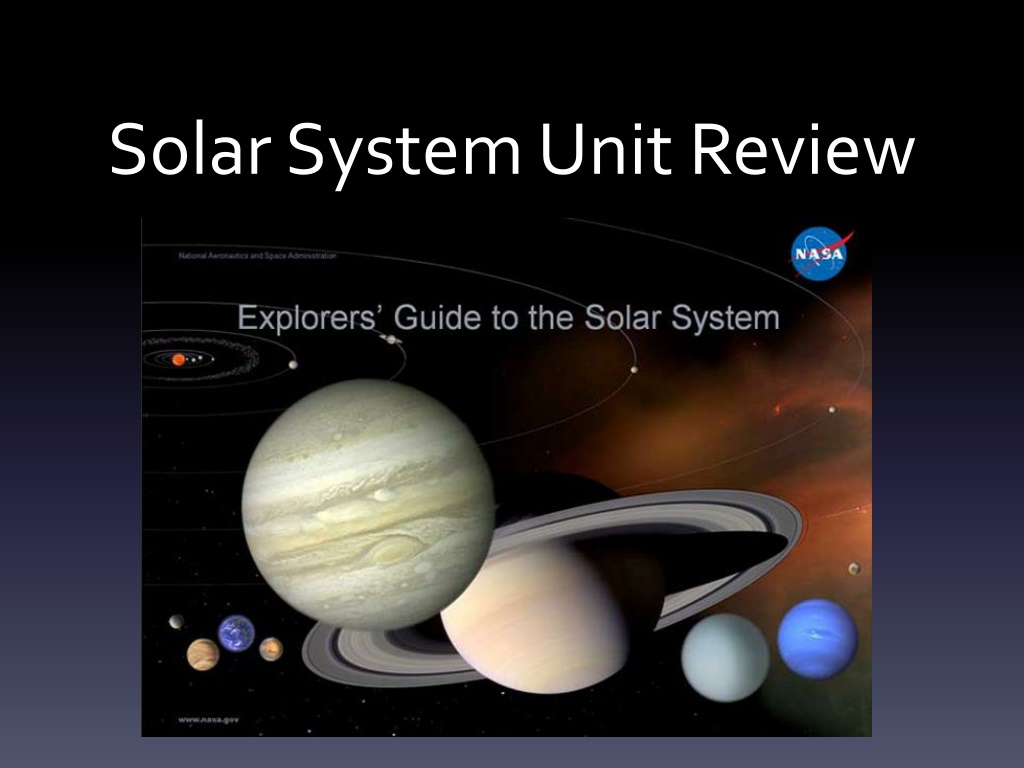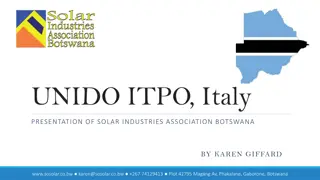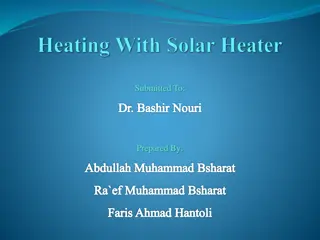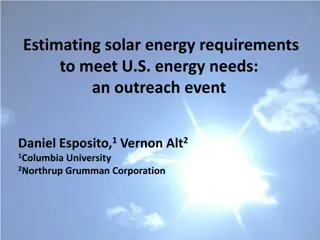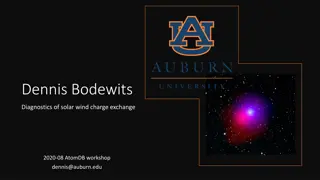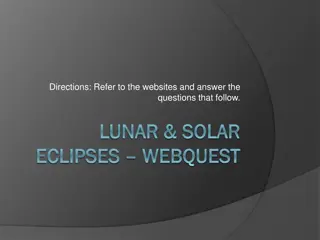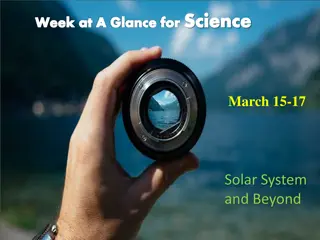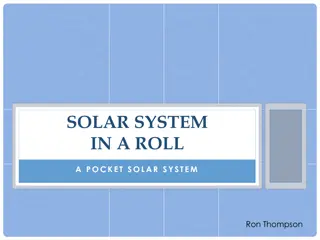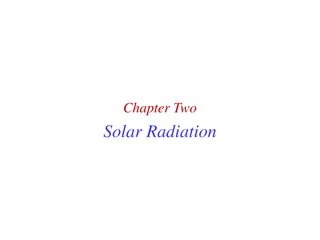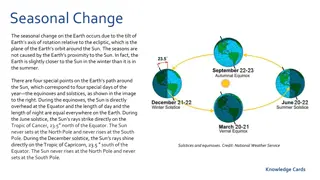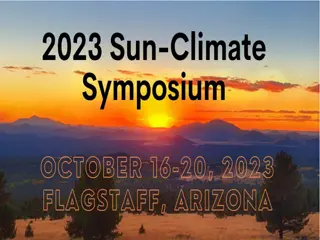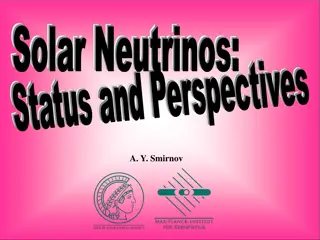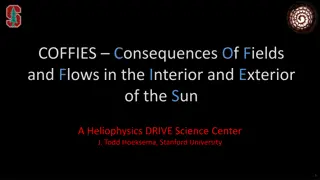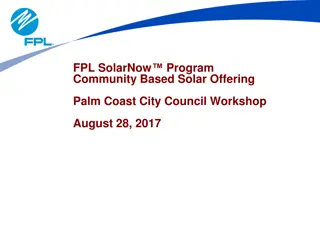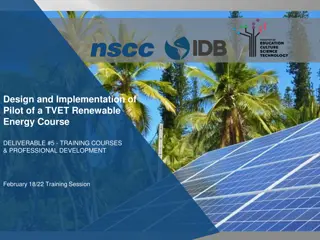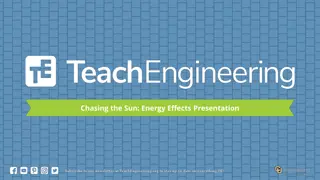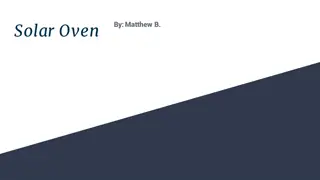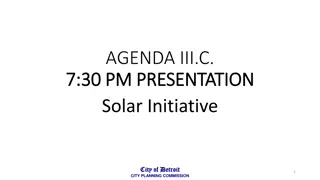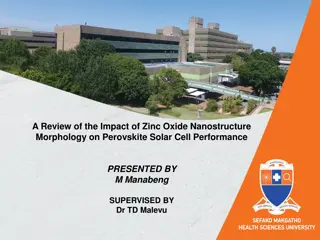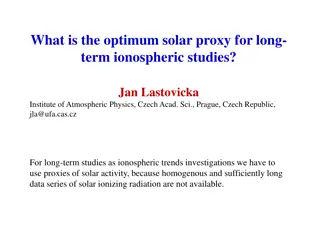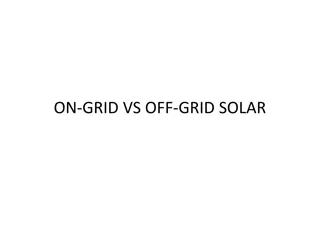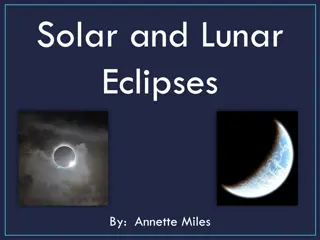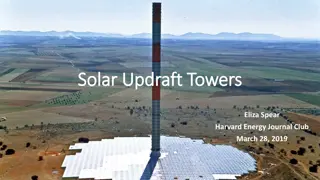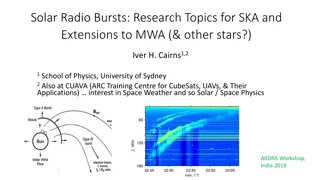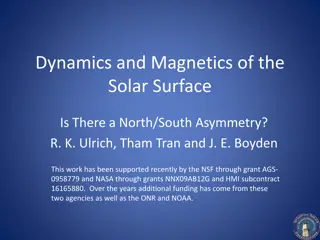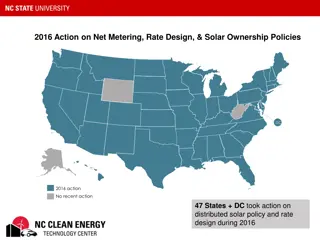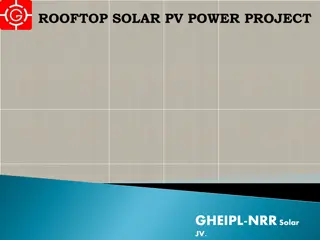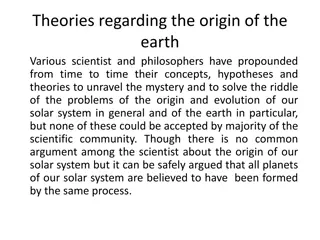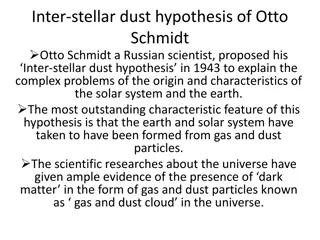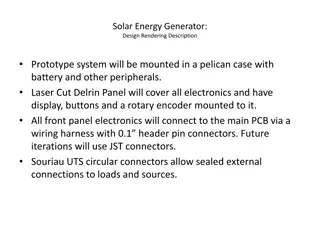Explore the Solar System: Unit Review Questions
Discover key concepts about the solar system through a unit review - from the planets' movements to celestial bodies and their characteristics. Test your knowledge with questions on orbits, planetary cores, galaxies, and more.
Download Presentation

Please find below an Image/Link to download the presentation.
The content on the website is provided AS IS for your information and personal use only. It may not be sold, licensed, or shared on other websites without obtaining consent from the author. Download presentation by click this link. If you encounter any issues during the download, it is possible that the publisher has removed the file from their server.
E N D
Presentation Transcript
What do the stars, the planets and all the other objects orbiting it form? Solar System
The Earth takes 24 hours to do what on it s axis? Rotate
What do you call the path the Earth takes around the sun? An Orbit
What is a huge ball of very hot, glowing gases in space that can produce it s own heat? A Star
What is a group of solar systems held together by gravity? A Galaxy
Which of the following planets has a solid rocky core? a.Saturn b.Neptune c.Jupiter d.Mars
Earth moves around the sun, has a nearly round shape, and has an elliptical path, so it is called A.A galaxy B.A universe C.A planet D.A solar system
Where is the Asteroid belt located in the solar system? Between Mars and Jupiter
Which of these objects could be located outside our solar system? A.Sun B.Star C.Venus D.Our moon
Why do stars look like tiny points of light in the sky at night? They are so far away from us.
Why are elliptical galaxies brightest in the center? A. The stars are evenly distributed throughout the galaxy. B. More stars are in the center than on the outer edge. C. Most of the stars are near the outside of the galaxy. D. The stars are spread throughout the galaxy in bands that look like arms of the galaxy.
What kind of galaxy is shown in the picture below? Irregular Galaxy
What is a chunk of rock or iron that is less than 1,000 km in diameter that orbits the sun? Asteroid
What is the difference between a barred spiral galaxy and a normal one? The shape of the galaxy s center
What does it take 365 days to complete? A. A day B. A year C. A month D. An orbit
What is a solar system? The stars and all the bodies around it.
Pluto is no longer considered a planet. How has it been reclassified? It is a dwarf planet.
About how long does it take for the earth to go from point A to point C in the picture? Six months
What is this a picture of? A comet
What is an orbit? The path one object takes around another object in space.
Which of the following has no atmosphere? A. Earth B. Moon C. Sun D. both Sun and Moon
Which characteristic do all the outer planets share? A. They have a core of liquid metal and rock. B. The surface is frozen rock and ice. C. There is evidence of life D. They have the largest diameters in the solar system.
Which motion takes about 27 days? A. the motion of the moon B. the motion of the Earth C. the motion of the sun D. the motion of the planets
Why is it warmer in the summer in the United States? The Earth is tilted toward the sun at that time of year.
Chris wants to make a cross- section of an inner planet. Which characteristic should it have? A. A large, solid core B. A small, liquid core C. A surface covered by liquid D. A ball with a very large diameter
When you look at this picture, which picture shows earth during winter? The picture on the right
A student wants to draw a scale model of the moon. If his drawing of Earth is 4 cm. in diameter, what size should he draw the moon? A. 4 cm. B. 5 cm. C. 1 cm. D. 2 cm.
